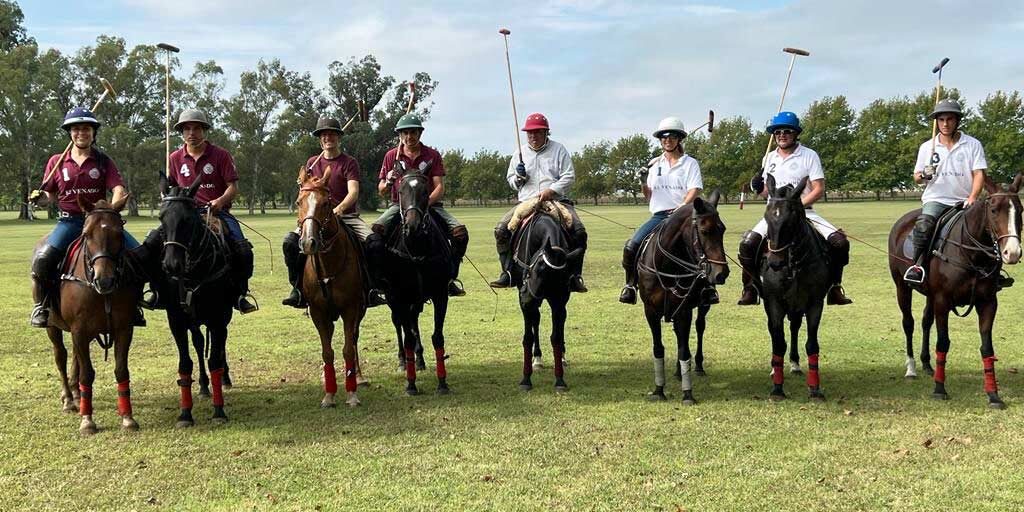The world of polo is a thrilling and elegant sport that combines skill, strategy, and the bond between horse and rider. If you’re new to polo or just curious about the rules, this guide will break down the essentials in a simple way.
Team Composition
Polo is typically played between two teams, each consisting of four players. The players are assigned numerical positions, with the number one player being the most forward and the number four player acting as the last line of defense.
Chukkas/Chukkers and Timekeeping
A polo match is divided into periods called chukkas/chukkers, usually lasting around 7 minutes each. A traditional match consists of four to six chukkas, with breaks in between. Time is stopped when the ball goes out of bounds or when the umpire calls a foul.
Scoring
Points, known as goals, are scored when a team successfully hits the ball through the opposing team’s goalposts. After each goal, the teams switch sides to equalize any field advantages.
The Polo Mallet and Ball
Players use a long-handled mallet to strike a small wooden or plastic ball. The objective is to maneuver the ball down the field and into the opposing team’s goal.
Right of Way and Right of Passage
One of the crucial aspects of polo is the concept of “right of way”. The player who has the line of the ball has the right of way, allowing them to have unobstructed passage to the ball. Players must yield to the right of way and avoid dangerous plays to ensure safety on the field.
Fouls and Penalties in Polo
Common fouls in polo include crossing the line of the ball incorrectly, dangerous riding, and improper use of the mallet. When a foul occurs, the opposing team is awarded a free hit or penalty shot, depending on the severity of the infraction.
Umpires and Referees
Polo matches are officiated by umpires and referees who enforce the rules, ensure fair play, and maintain the safety of both players and horses. Umpires actively participate in the game by riding alongside the players, closely observing the action, and making real-time decisions. They play a crucial role in determining fouls, awarding penalties, and maintaining the flow of the game.
Polo Horses
Polo horses are integral to the sport, often referred to as “ponies” despite their size. These horses are typically well-trained and possess a unique combination of speed, agility, and endurance. Players often have multiple horses for a single match, changing mounts in the middle of chukkas to ensure peak performance and safety of the horse.
Polo is more than just a game; it’s a harmonious blend of teamwork, horsemanship, and strategy. Understanding these fundamental rules will not only enhance your appreciation for the sport but also allow you to follow the action on the polo field with greater clarity. So, grab your mallet, saddle up, and enjoy the exhilarating world of polo!
If you want to know more you can find the rules for playing in the USA here & the rules in UK here. In Argentina, the body that is in charge of the rules is the Argentine Polo Association.








